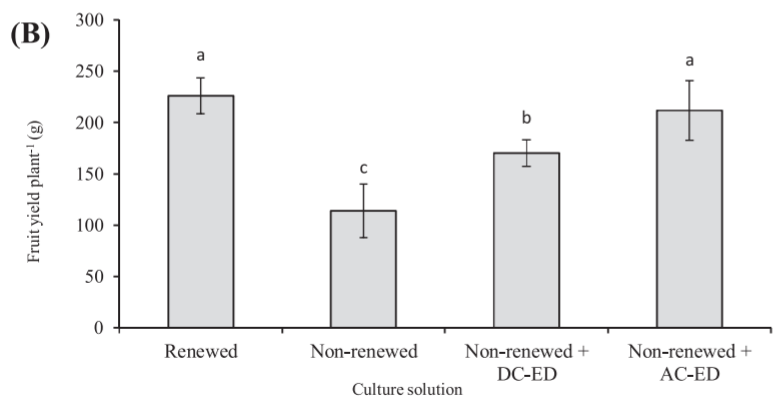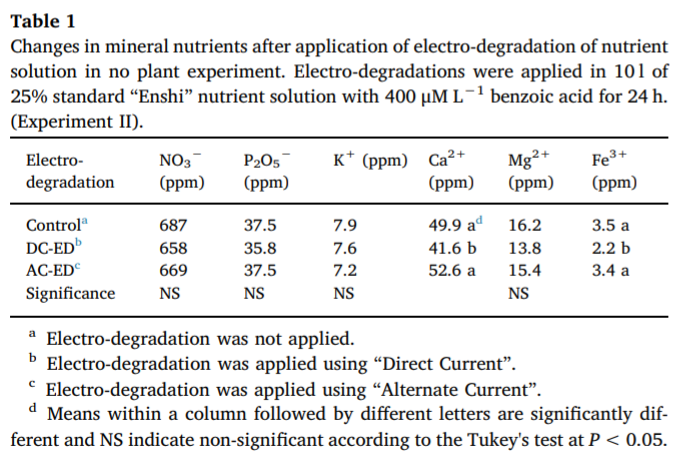The efficient use of nutrient solutions is a very important topic in hydroponics. Although some commercial growers use run-to-waste systems where solutions are not recirculated, the economics of fertilizer use often demand re-circulation in order to enhance nutrient utilization and maximize growing efficiency. However one of the biggest problems found when circulating nutrient solution continuously is the build-up of plant exudates, which can be toxic and detrimental to plant growth.

Several solution for this have been studied historically, most commonly the use of filtration systems – such as activated charcoal cartridges – to capture these exudates and prevent their accumulation. The problem with this approach is that activated carbon – or other filters – are not neutral to some of the components of nutrient solutions and might disproportionately and efficiently capture metal chelates and eventually cause nutrient deficiencies. There are some ways around this – such as changing the formulations or replenishing solutions after filtering – but both are far from ideal.
More recently a paper has been published showing how electro-degradation can actually alleviate this problem by destroying these exudates – which are commonly organic acids – in nutrient solutions. The paper talks about how they used this technique to treat recirculating solutions in strawberry, eliminating autotoxicity and increasing fruit yields substantially.
The technique is very simple, basically using either a DC or AC current passed through an electrode that the solution circulates through, destroying the problematic molecules in the process. The first image in this post clearly shows how not renewing the solution causes important problems with yields that are completely removed by the use of the AC based electro degradation.

Another advantage of this technique is that – contrary to filtering techniques – there is little loss in the amount of nutrients in solution when performing the AC electro-degradation. Since the oxidation/reduction of the metal chelates used is highly reversible, the actual concentration of these elements in solution remains practically the same after treatment. You can see this in the image above, where there is no statistically significant change for the concentration of nutrients in solution.
The paper concludes suggesting a treatment of 24 hours (for 300L in the experiments) every three weeks, to completely recover from the exudates present in solution. For this AC application they used a frequency of 500Hz at 14V with an electrode area of around 53 square centimeters, made of titanium metal. For this process you need an inert metal or conductive material that will not react at the potential values used. You can buy titanium metal tubes – which are not expensive – to build an anode/cathode pair to carry out this experiment. Note that the frequency and voltage characteristics are vital so using a proper power supply to generate them is of the highest importance.
The above technique is novel and easy to build for treating commercial hydroponic solutions. It is far easier and economic compared with filtering techniques and can be applied from smaller to larger scale growing operations.




